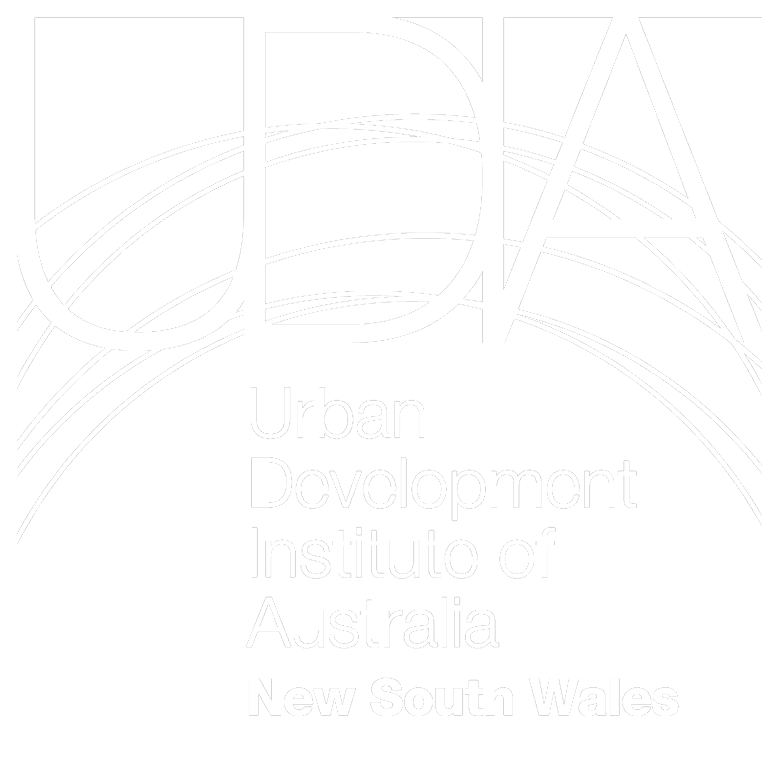Today’s ABS release on new housing commencements and completions for the second quarter of the National Housing Accord period, is another warning sign to government that the journey to achieving the 5-year Accord targets in NSW remains a challenging one.
With results now in for the full 2024 calendar year, NSW completed 45,100 homes, a 4% decline compared to 2023 and the lowest calendar year of completions in NSW since 2014. Even more sobering is, this is 40% below the 75,600 annual new home target required for NSW to meet its Housing Accord Target.
“Today’s data represents the first year of the Housing Accord and it’s grim news. The course correction needed in all typologies and across all regions has never been more apparent,” said Stuart Ayres, UDIA NSW CEO.
“Despite the state government’s commendable policy agenda on housing, including ongoing significant development activity via the Housing Delivery Authority, the housing delivery pipeline is still too low to shift the dial on housing delivery and make up the 40% shortfall revealed in today’s data,” said Stuart Ayres.
While the headline data is concerning, a typology-by-typology breakdown presents a different cause for concern. UDIA’s analysis below shows the apartment and medium density markets are still underperforming in terms of the historic 2018 levels which are needed to achieve our Housing Accord targets. Adding further concern is that average assessment times for these types of housing are more than double those of detached houses with fewer than one in three Council’s assessing these housing types within the timeframes set by the Minister.

Source: UDIA NSW; ABS; NSW Department of Planning, Housing and Infrastructure
*Note: The bottom two rows only consider the 43 local councils in the Greater Sydney Megaregion (i.e., Greater Sydney, the Lower Hunter, Central Coast, and Illawarra-Shoalhaven) as there are limited medium density and high-density applications in regional NSW which distorts the reporting numbers.
While government is unlocking more opportunities for medium density developments through its recent reforms, the data shows this type of development is taking as long to assess as a high-density apartment. While the Housing Delivery Authority is helping to fast track larger, complex projects, this pathway won’t be open to many smaller, mid-rise projects.
Time is cost, and apartment feasibilities are deeply challenged. We need to have serious look at where delivery costs can be reduced, including taxes and charges, as well as ways to fast track the assessment time for these developments, or they will struggle to deliver at scale and across all parts of Sydney as the Government has hoped.
“Today’s data also shows how critical greenfield detached housing is to NSW. Detached housing is the only product type tracking above 70% of its assessment target. These numbers are a clear demonstration that NSW taxpayers are getting good returns on their investment in greenfield enabling infrastructure,” said Stuart Ayres.
The new commencements data released today also provides a sobering warning that this trajectory will continue in the short term, with only 42,200 new starts reported across NSW in 2024. This represents an annual decline of 9% and is 44% below the 2016 commencements peak.
“Poor performances across the entire housing pipeline should send a shockwave through government that more needs to be done,” said Stuart Ayres.
UDIA stands ready to support government on future tranches of reform, including exploring opportunities for system improvements and efficiencies across all levels of government and industry, and in improving current policy reforms to maximise their uptake across the industry. Without a collective effort, the housing targets will be unattainable.
–ends
Media Enquiries: Deanna Lane, Director Media & Communications Urban Development Institute of Australia NSW
0416 295 898 dlane@udiansw.com.au

